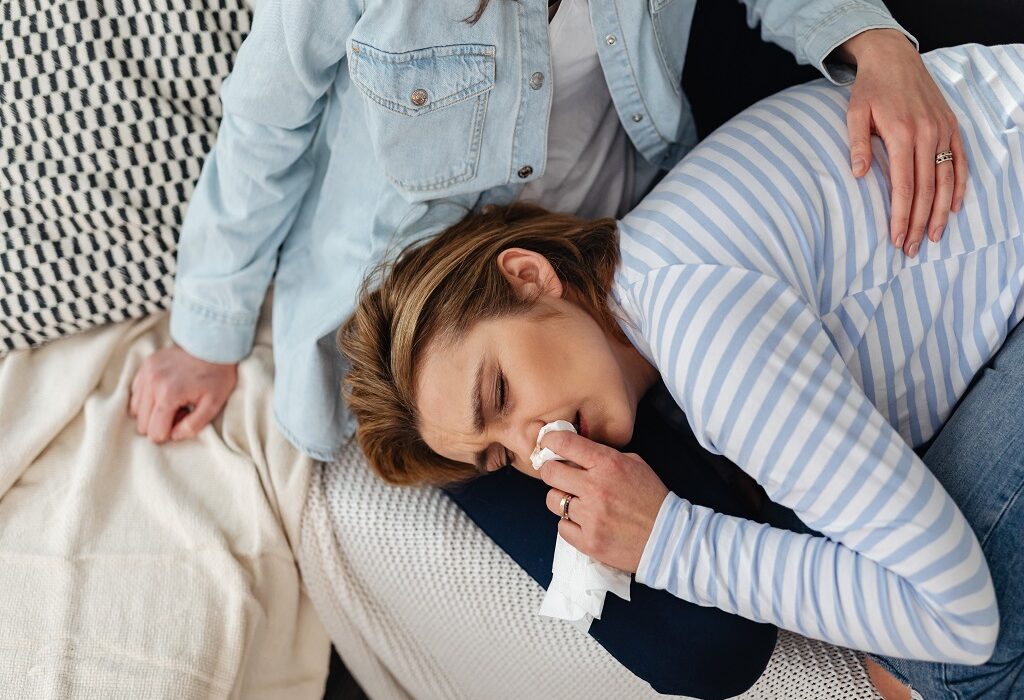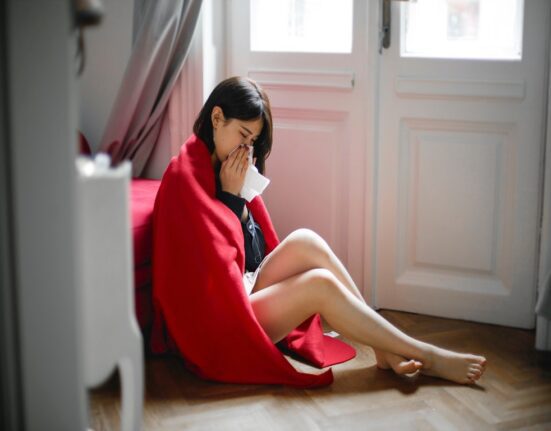The pressure caused by nasal congestion can disturb a person’s sleep and wake them up with feelings of breathlessness. There are several strategies to prevent a stuffy nose from ruining a good night’s sleep. The following sections go over these strategies in greater detail. Try clubbing some of these techniques for optimum relief.
Raise Your Head
Congestion is often worse at night because it is more difficult for the nose and sinuses to drain. This means mucus accumulates in the head, making breathing difficult and causing a sinus headache in the morning.
Elevate the head on a few pillows to aid sinus drainage. Sleeping on a recliner may also provide relief.
Use a Humidifier
A dry nose can be painful and sensitive to mucus. Humidifiers moisten the air, preventing excessive dryness and alleviating the pain of congested breathing. Some people like to add essential oils, such as peppermint or eucalyptus, to their humidifiers.
Keep Supplies Near the Bed
Sleeping with a cold is made more difficult by congestion. Even getting out of bed to drink water or grabbing a few tissues can interrupt a good night’s sleep.
Avoid nightly interruptions by keeping a box of tissues, a wastebasket, and a bottle of water near the bed.
Have Some Honey
People with a stuffy nose may breathe through their mouth, leaving their throats dry and sore. Sleeping can be difficult when a person has a cough or sore throat. Honey coats the throat, reducing discomfort.
Take a Hot Shower Before Going to Bed
Hot steam may help open up the sinuses. Steam softens the dried mucus and helps drain out the nose, reducing pain and congestion.
Some people find that massaging the skin over their sinuses encourages more drainage. A hot shower before bed can also help a person relax before sleeping.
Rinse with Saline
A saline rinse helps clear congested sinuses. Saline rinses relieve irritation and swelling and can make a person feel less congested at night.
Use a Nasal Strip
Nasal strips attach to the bridge of the nose and slightly pull the nostrils out. Although they are commonly used to prevent snoring, they can also help people with stuffy noses breathe easier.






